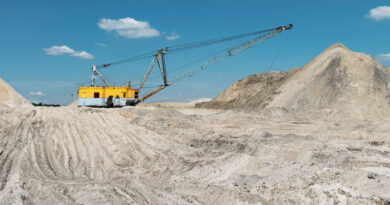Europe’s second longest bridge spans 10 miles and cost £746m to build | World | News
There are some infrastructure projects that take your breath away. From the tallest buildings to the longest roads, there’s something about huge structures that fascinates people. One of them is Europe’s longest cable-stayed bridge and it cost an eye-watering £746 million to build.
The Vasco da Gama Bridge in Lisbon, Portugal stretches for more than 10 miles across the Tagus River, making it the longest bridge of its kind in Europe. The only bridge on the continent that’s longer is the Crimean Bridge in Russia, but it’s not cable-stayed. According to The Structural Engineer and Britannica, the Vasco da Gama Bridge was built to relieve traffic from Lisbon’s older 25th of April Bridge. Construction began in 1995 and was completed in time for the 1998 World Expo.
The project took just four years and was officially opened on March 29, 1998, to mark 500 years since Vasco da Gama discovered a sea route from Europe to India.
The bridge connects the northern suburbs of Lisbon with the municipality of Montijo on the south bank of the Tagus.
The bridge carries six lanes of traffic and was designed to last 120 years.
It has a speed limit of 75mph, though this is reduced to 56mph in poor weather.
It can also withstand winds of up to 155mph and earthquakes stronger than the one that struck Lisbon in 1755, which was one of the most powerful in European history, estimated at a magnitude of 8.5 to 9.0.
The cable-stayed section includes two towering H-shaped pylons standing at 492 feet (150 metres) high.
The main span is 420 metres long, with additional sections built on either side to complete the full length.
According to Britannica, the Central Viaduct alone stretches nearly four miles and includes space for medium-sized ships to pass beneath.
There are no pedestrian or cycle paths on the bridge, and tolls are only charged when heading west into Lisbon.
As per Lisbon’s official website, the toll costs €3.20 (£2.67) for cars and €7.15 (£6) for vans. Cash is recommended, as some foreign cards may not be accepted.
The structure also includes environmental features such as inward-facing lights to reduce pollution over the Tagus estuary.





